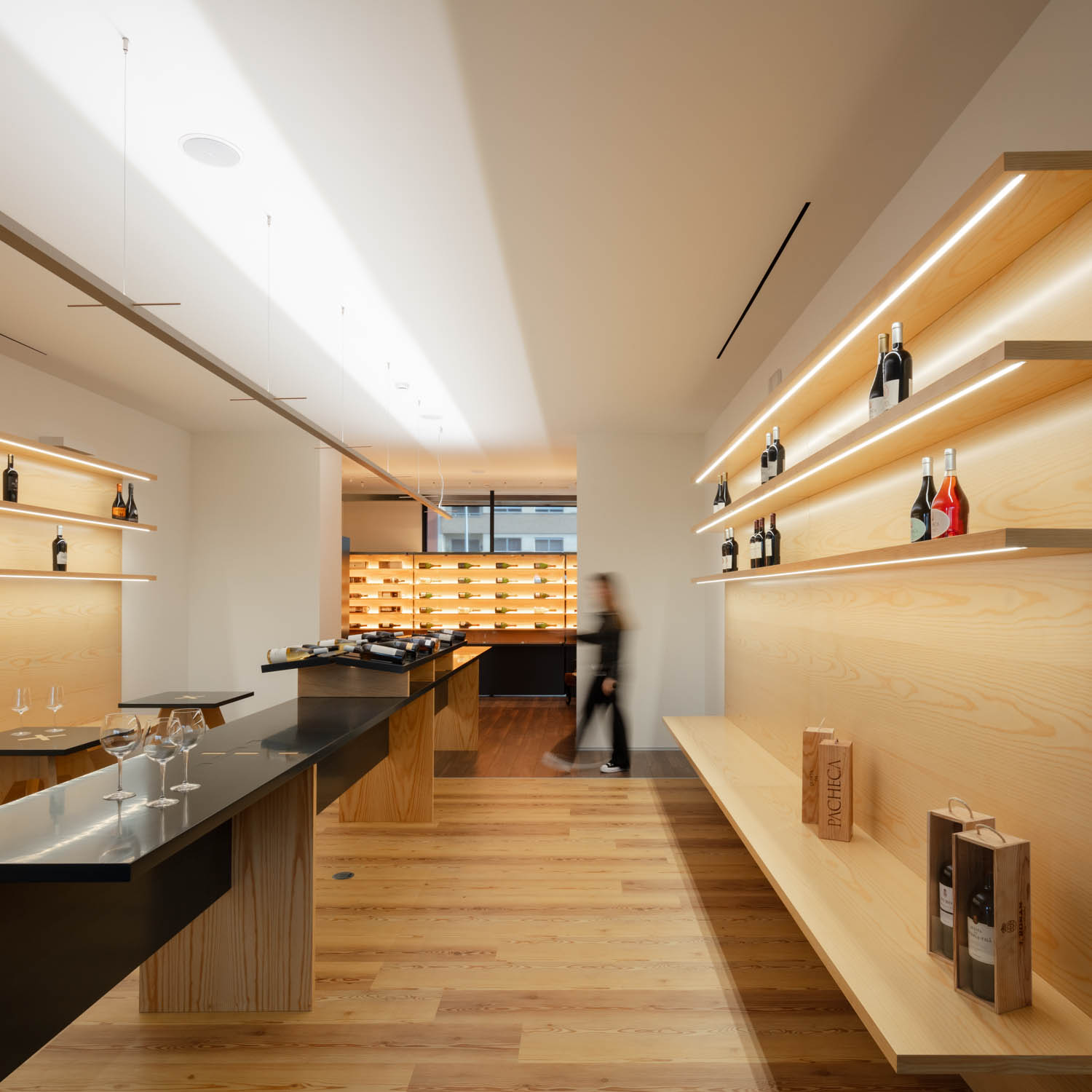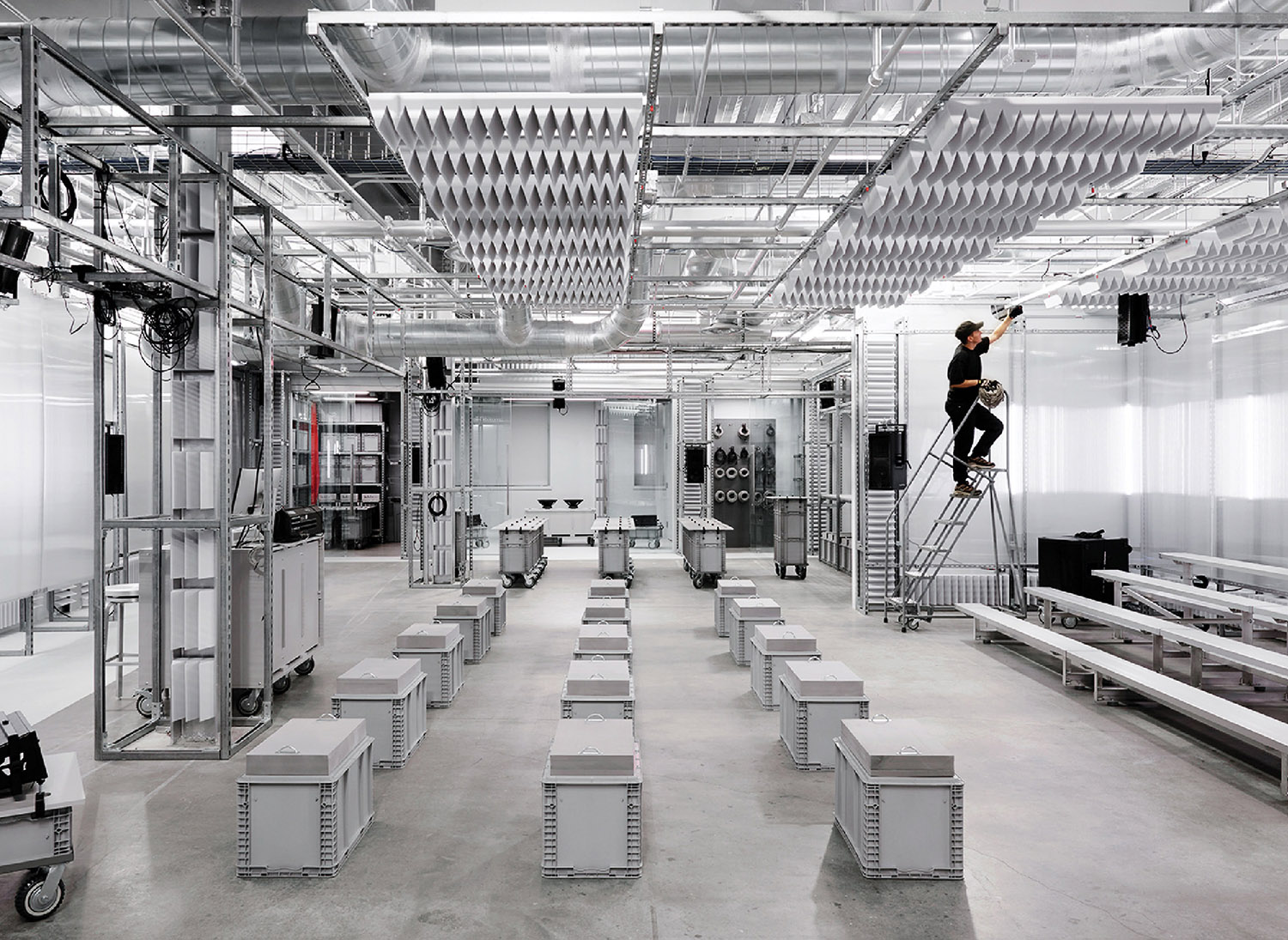Workplace Strategy’s Impact on Design
Aligning work habits with work environment to facilitate efficiency sounds like something business owners should make a priority. More and more so, recently, they are. To entice and keep the most talented staff and cultivate corresponding results, the field of Workplace Strategy has become as important as human resources. And that means strategists—both independent consultants and in-house at large firms—are among the most sought after designers around.

“The role of the workplace strategist is to get to know the organization in a really deep way,” says Randy Howder, Gensler workplace strategist. “It’s more than just one vision session. It’s really living with the client, like how Frank Lloyd Wright used to go live with clients, to really respond to the environment.”
Ask anyone in design and they’ll tell you the lines between residence and office are blurring. Contemporary office design is about creating workplaces that are responsible to human behavior, says Leigh Stringer, director of innovation and research at HOK. “I hope we’ve achieved a level of sophistication where we see we need light, sensory change, variability, and movement. Workplaces are for people, not just storing paper,” says Stringer. Like her peers, Stringer hopes Dilbertville and its sea of cubicles is out.
Even cubicles began with a noble intention. Designed to increase productivity, with some privacy, places to tack up and display work, varying heights and desk levels to encourage blood-flow via part-time standing, the Action Office created by Robert Propst of Herman Miller devolved into the cubicle because of demand. Propst’s vision of flexibility was lost to the need to inexpensively house middle management types. Before his death in 2000, he referred to the widespread corruption of his design as “monolithic insanity.”
What we’re seeing implemented today is perhaps closer to Propst’s original vision: flexible, adaptable, imperfect (in the absolute most positive sense) and even slightly incomplete (so clients can finish as they wish) workplaces in which change and choice are requested, appreciated, and meant to be inspiring.
Workplace strategists can help companies create environments that match the above and encapsulate custom work expectations and patterns. And hopefully enable success, as defined by the client. Keep reading to see how Workplace Strategy is impacting new office spaces by four top firms in the field:






